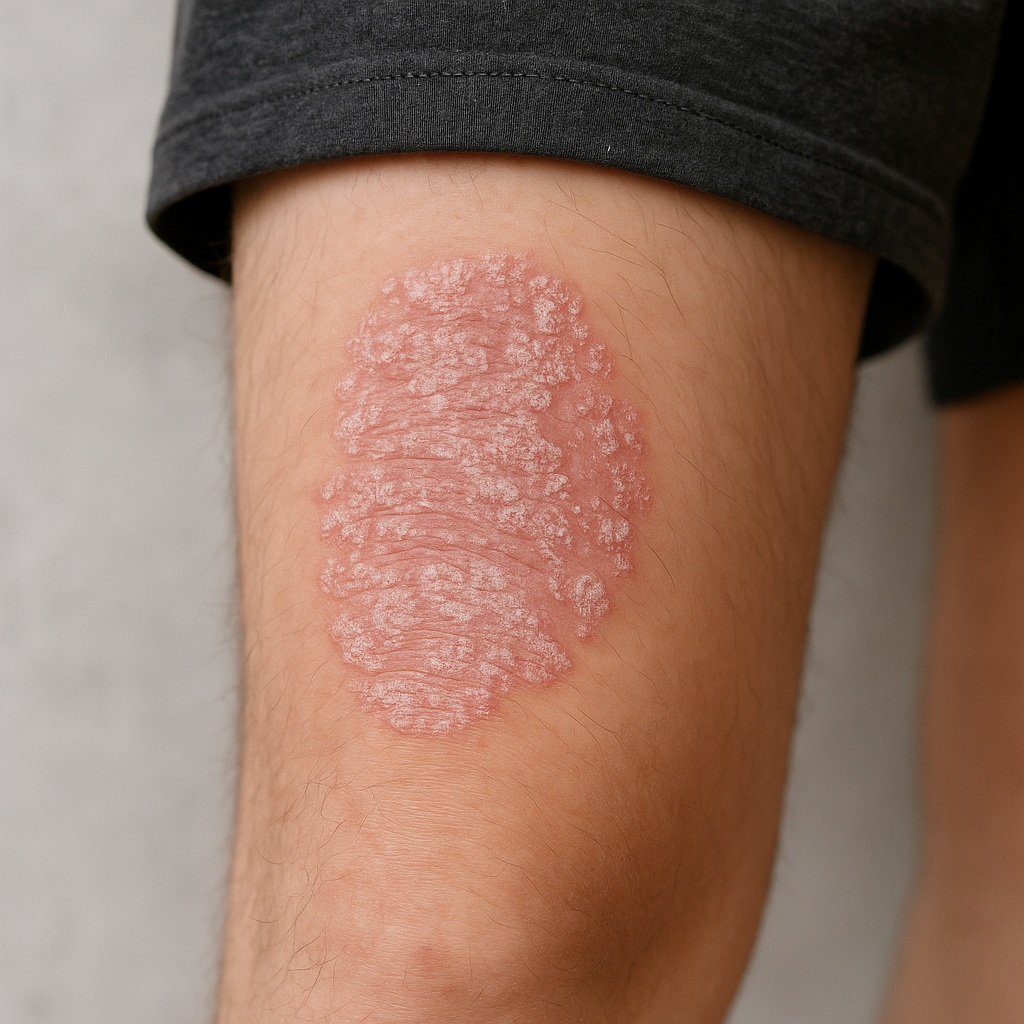Autoimmune Disorders and Treatment Approaches
In the U.S. alone, the numbers show a staggering impact:
- Over 16 million people—more than 5% of the population—live with autoimmune thyroid disorders such as Hashimoto’s or Graves’ disease.
- Nearly 4 million people have received a diagnosis of rheumatoid arthritis.
- About 7 million people (2–3% of the population) experience psoriasis.
- Around 1.5 million people suffer from Crohn’s disease or ulcerative colitis.
All of these fall under the umbrella of autoimmune disorders, a classification that includes more than 100 conditions. These disorders result from chronic inflammation that triggers the immune system to attack the body’s own tissues. People with autoimmune diseases produce antibodies that target specific tissues such as joints, skin, connective tissue, and glands. Some disorders cause mild, localized symptoms, while others affect multiple systems and lead to chronic, debilitating health problems.
How Western Medicine Approaches Autoimmune Disorders
Conventional treatment often relies on immune-suppressing drugs, including steroids and chemotherapy agents. While these medications can be effective, long-term use may lead to serious side effects like chronic infections, high blood pressure, gastric ulcers, and liver or kidney damage.
The OHS Approach to Autoimmune Disorders
At OHS, our practitioners specialize in managing autoimmune conditions. Although autoimmune diseases remain present once developed, patients don’t have to suffer continuously. These disorders often alternate between flare-ups and remissions, which directly relate to the level of inflammation in the body. We focus on reducing this inflammation through a multi-pronged approach:
- Acupuncture: Regulates the immune response, improves circulation, eases pain, and reduces stress and inflammation.
- Dietary Counseling: Offers personalized, anti-inflammatory nutrition guidance to help calm overactive immune activity and support healing.
- Herbal and Nutritional Supplements: Target core biological processes—such as blood sugar regulation, hormonal balance, and neurotransmitter function—to reduce inflammation and modulate the immune system.
Many of our patients came to OHS as a “last resort,” overwhelmed by medications and poor outcomes. They include individuals with Hashimoto’s, rheumatoid arthritis, psoriasis, multiple sclerosis, Celiac disease, and more. Most who commit to our treatment protocols have seen significant improvements in their health. These patients feel empowered—they learn how to avoid triggers and, when flare-ups do happen, use the tools we provide to recover quickly and return to a symptom-free state.
With proper management, our patients enjoy a high quality of life despite their autoimmune diagnoses.
Selected Studies of Interest
- Tewthanorn K, et al. (2008). Correlation of lipid peroxidation and glutathione levels with severity of systemic lupus erythematosus. J Pharm Pharm Sci, 11(3):30–4.
- Tada-Oikawa S, et al. (2008). Role of hydrogen peroxide in Th1/Th2 apoptosis. Biochem Pharmacol, 75(2):555–61.
- Won HY, et al. (2010). Glutathione Peroxidase 1 Deficiency and airway inflammation. Antioxid Redox Signal.
- Yan Z, et al. (2009). Redox modulation by regulatory T-cells. Nat Chem Biol, 5(10):721–3.
- Niedbala W, et al. (2006). Nitric oxide in T-cell regulation. Ann Rheum Dis, 65 Suppl 3:iii37–40.
- Mendez II, et al. (2004). Immunoregulatory role of nitric oxide in autoimmune diabetes. J Immunol, 173(2):1327–35.
- Miljkovic D & Trajkovic V. (2004). IL-17 and inducible nitric oxide synthase. Cytokine Growth Factor Rev, 15(1):21–32.
- Shi FD, et al. (2001). Type 2 nitric oxide synthase and autoimmune control. J Immunol, 167(3):3000–6.
- Rubio-Tapia A, et al. (2009). Undiagnosed Celiac disease: Prevalence and mortality. Gastroenterology, 137(1):88–93.
